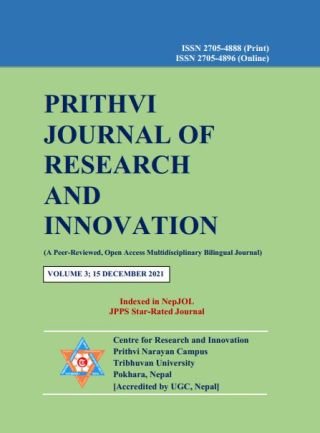The Role of Birthplace in the Mode of Delivery in Nepal
DOI:
https://doi.org/10.3126/pjri.v3i1.41631Keywords:
Birth order, cesarean section, mode of delivery, place of deliveryAbstract
The mode of delivery is strong-minded by diverse aspects. The available data and literature argue that the birthplace and birth orders play an imperative role in determining the mode of delivery. This study has been done with the objective to examine the association between the place of delivery and cesarean section in Nepal. A descriptive cross-sectional study was conducted among women who have delivery experience in the last five years of survey, but only the last one has been included. This study is based on the data of Nepal demographic and health survey 2016 [NDHS]. The data were collected from 19 June 2016 to 31 January 2017 through the questionnaires. The sampling frame of Central Bureau of Statistics [CBS] has been updated and used by NDHS where districts and provinces are categorized into urban and rural areas. Frequency tabulation, χ2 test and multivariate binary logistic regressions are used to analyze the data. There are 10.2 percent of women who had a cesarean section. Out of 3998 total deliveries, cesarean deliveries are 406 (10.2%) at 95 percent confidence interval (9-11). The prevalence of cesarean delivery was seen in women delivered in private hospitals 36.3 percent compared to women delivered in government health facilities 12.8 percent. Among 3998 deliveries, 57.4 percent are institutional deliveries. The place of delivery, anti-natal care visit and cesarean section delivery are related to each other. Women who go to private hospitals for anti-natal care and delivery, such hospitals are found to have performed more caesarean sections than the recommended level of World Health Organization (WHO).
Downloads
Downloads
Published
How to Cite
Issue
Section
License
Copyright (c) 2021 Centre for Research and Innovation (CRI), Prithvi Narayan Campus (TU)

This work is licensed under a Creative Commons Attribution-NonCommercial 4.0 International License.
© Centre for Research and Innovation (CRI), Prithvi Narayan Campus (TU)

